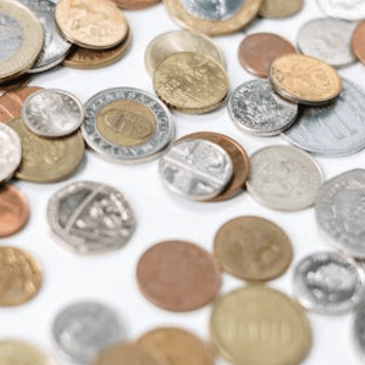Sorting Out the Cost of Residential Solar Power for 2023
The cost of technology always drops over time because ongoing research and development make it possible for manufacturers to produce their products more efficiently and for less money. This is why modern televisions, computers, and other tech products sell for a fraction of what they used to. And this is likewise why the cost of residential solar has decreased significantly since it was first made available to homeowners before suffering a setback with elevated prices in 2022.
But solar’s overall decline in price can sometimes stall a homeowner from making their decision to go solar. Many remain one the fence because they’re waiting for the next price drop, especially after the rise in prices in 2022. Meanwhile, these homeowners are losing out on all the money saving and life improving opportunities that solar has to offer.
If you’ve been waiting to find out if residential solar power will get cheaper in 2023, then this post will help give you some better insight into what to expect.
Why Did Solar Prices Rise in 2022?
Solar prices rose in early 2022 due to extreme market conditions in the final quarter of 2021 and the first quarter of 2022. Prices went up across the board, from modules and inverters to labor and even permits. In most parts of the country, solar prices rose between 2% and 15%, and this caused some homeowners to hold off on their dreams of energy independence. Luckily, 2023 is looking to bring the price of going solar back down.
Why Solar Should Be More Affordable in 2023
While the data for the fourth quarter of 2022 hasn’t been made available at the time of this writing, there’s reason enough to believe that solar should be more affordable in 2023 and beyond. Solar’s costs should fall naturally as inflation gets more under control. The industry is also seeing large investments being made from the federal government and supply chain issues have mostly been resolved. The ban on imported solar modules has also been lifted and more people are being trained to install solar than ever.
Because of these trends, IHS Markit predicts a decrease in the cost of residential solar for 2023. Their most conservative model suggests a price drop anywhere between 4% and 20% from the end of 2022 to 2038. The firm’s more optimistic models suggest that the cost of solar could potentially drop by more than 50% by 2038.
Plus, with the federal solar investment tax credit having been extended in 2022, homeowners who choose to have solar installed in 2023 will be eligible for a dollar-for-dollar tax credit of 30%, thus making their installation even more affordable.
Solar is Worth It, Regardless of Pricing Trends
Every homeowner wants to save money. But in a lot of cases, homeowners choose to not go solar because they instead choose to “wait it out” to see if prices fall even lower. Unfortunately, what these homeowners are failing to see is that by not going solar, they are missing out on an incredible opportunity to save a lot of money.
With utility rates at an all-time high, a solar power system can dramatically reduce a homeowner’s monthly energy costs to the point that their savings can be applied to the cost of their solar system. In as little as seven years, the system will pay for itself.
By waiting to go solar, you’re putting your energy independence and savings on hold. Even if solar costs slightly more than in 2023 than it did in 2022, it’s still worth it. But luckily, signs are pointing for a substantial price drop, so there really is no reason to not go solar in 2023.

